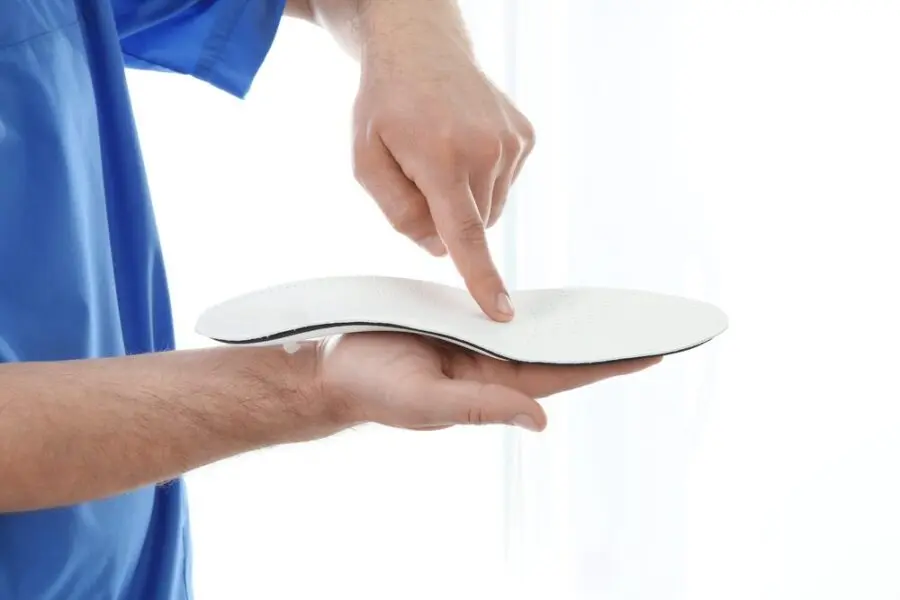
The assistance of a podiatrist is required to help you adapt to wearing foot orthotics. This foot care professional is trained to help you. Your podiatrist will design a progressive plan to help you through the process, including follow-up visits to ensure that you are adapting and using your orthotics correctly.
During the first few weeks with your orthotics, you may experience some discomfort. Your gait, posture and foot support will change, which may cause some aches and pains. However, by developing the right adaptation techniques, you will be able to avoid many unpleasant surprises.
PiedRéseau shares a few tips to help you better adapt to wearing your foot orthotics.
Perform a biomechanical exam
This is a required step to help you adapt to wearing foot orthotics. Your podiatrist will perform a biomechanical exam on you before your custom-made orthotic is made in order to evaluate:
- The dynamics of your feet;
- Your gait (with and without shoes);
- The movement of the joints of your feet;
- Your biomechanical pathologies and deficiencies.
Once you have passed this evaluation, you will be able to benefit from a custom-made orthotic that is adapted to your needs.
Learn how to wear your foot orthotics
The goal of foot orthotics is to correct any biomechanical deficiencies or postural problems, and your feet will normally have to adapt somewhat. That’s why the orthotics may affect your gait in the beginning.
In order to avoid sudden changes, you will have to wear your foot orthotics in stages:
- On the first day, wear your orthotics for one hour. Avoid sports or overly physical activities with your orthotics in the beginning.
- If everything seems okay, add an hour of use per day. However, do not wear them for several consecutive hours at a time.
- If you experience significant pain, remove the orthotics from your shoes and reinstall them the next day after taking a break.
- After 4 or 5 weeks, your pain should be alleviated. You can then begin your sports activities with your orthotics.
To help you adapt to wearing foot orthotics, your podiatrist will design a treatment plan that is adapted to your specific needs. Follow it carefully. Each case is very different and the adaptation process varies according to your pathologies or deficiencies.
Conduct follow-up visits
If you have difficulty adapting, attend your follow-up meeting, which is organized by your podiatrist, who will then make the necessary adjustments.
Normally, an initial meeting with the podiatrist is scheduled a few weeks after you start wearing your foot orthotics. Monthly visits are also scheduled, depending on your needs.
Even if you no longer experience pain and discomfort, it is important to consult your podiatrist to ensure that your orthotics are optimally adjusted.
Choose shoes adapted to your needs
Getting used to wearing foot orthotics requires choosing the right type of footwear. Some are more appropriate than others when you are adapting to orthotics.
Depending on the case, your podiatrist may prescribe the use of adapted shoes to help you in your adaptation process. These models are not too narrow, which avoids creating certain pressure points on your feet. Also consider choosing shoes that provide good support. Your podiatrist can help you choose the best style of footwear.
Below are some criteria to consider:
- Comfort
- Foot and heel stability
- Materials used
- Compatibility with your custom orthotics
It is also important to wear socks at all times in your footwear in order to avoid any irritation or discomfort.
PiedRéseau: the best advice on how to wear foot orthotics the right way
PiedRéseau is there to help you adapt, reduce any pain or help you properly maintain your foot orthoses.
Some forty PiedRéseau clinics across Québec are available to help you enjoy your daily life with foot orthotics and get the most out of their benefits!
Find the clinic nearest you to take advantage of the best services to help you adapt to your orthotics.